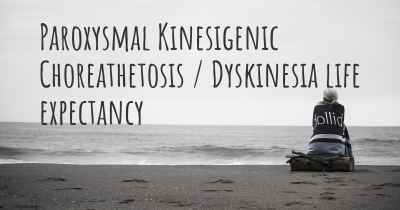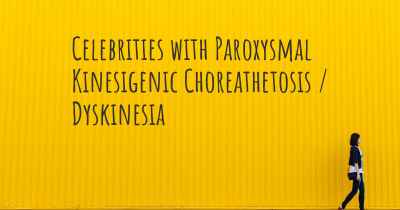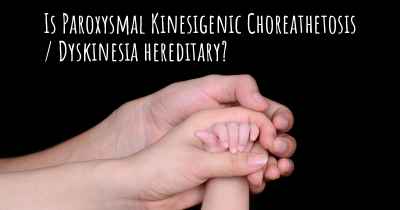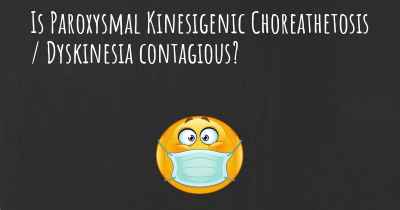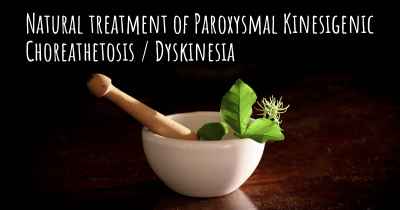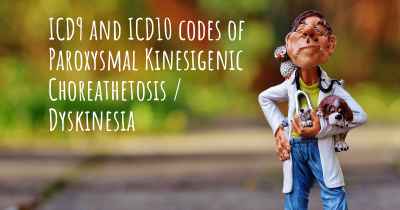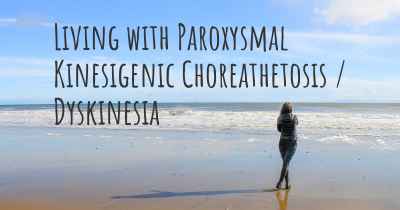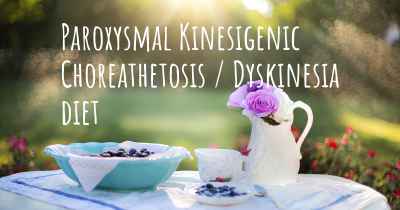What are the best treatments for Paroxysmal Kinesigenic Choreathetosis / Dyskinesia?
See the best treatments for Paroxysmal Kinesigenic Choreathetosis / Dyskinesia here
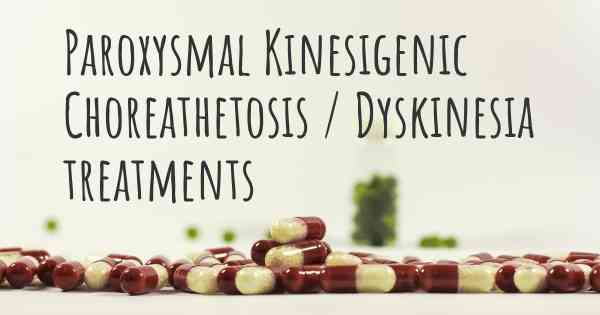
Treatments for Paroxysmal Kinesigenic Choreathetosis / Dyskinesia
Paroxysmal Kinesigenic Choreathetosis / Dyskinesia (PKC/D) is a rare neurological disorder characterized by sudden, brief episodes of involuntary movements. These episodes, known as paroxysms, can be triggered by sudden movements or changes in posture. While there is no cure for PKC/D, there are several treatment options available to manage the symptoms and improve the quality of life for individuals with this condition.
1. Medications
Anticonvulsant medications are commonly prescribed to control the frequency and severity of paroxysms in PKC/D. The most commonly used anticonvulsant for PKC/D is carbamazepine, which has been shown to be effective in reducing the frequency of paroxysms in many patients. Other anticonvulsants, such as oxcarbazepine and phenytoin, may also be prescribed if carbamazepine is not well-tolerated or ineffective. It is important to work closely with a healthcare professional to find the most suitable medication and dosage for each individual.
2. Lifestyle Modifications
Adopting certain lifestyle modifications can help manage PKC/D symptoms and reduce the frequency of paroxysms. Avoiding triggers such as sudden movements, stress, fatigue, and caffeine can be beneficial. Regular exercise, stress management techniques, and maintaining a healthy sleep schedule may also help in managing symptoms.
3. Surgical Interventions
In cases where medications fail to adequately control the symptoms of PKC/D, surgical interventions may be considered. Deep brain stimulation (DBS) is a surgical procedure that involves implanting electrodes in specific areas of the brain to regulate abnormal electrical signals and reduce the frequency of paroxysms. DBS has shown promising results in some patients with PKC/D, but it is important to note that it is not suitable for everyone and should be carefully evaluated on a case-by-case basis.
4. Supportive Therapies
Supportive therapies can play a significant role in managing PKC/D symptoms and improving overall well-being. Physical therapy can help improve coordination, balance, and muscle strength, reducing the risk of falls during paroxysms. Occupational therapy can assist individuals in adapting their daily activities to minimize the impact of symptoms. Additionally, psychotherapy or counseling may be beneficial in addressing any emotional or psychological challenges associated with living with PKC/D.
5. Ongoing Monitoring and Management
Regular follow-up appointments with healthcare professionals are essential for individuals with PKC/D. This allows for ongoing monitoring of symptoms, medication adjustments, and the evaluation of treatment effectiveness. Open communication with healthcare providers is crucial to ensure that the treatment plan is tailored to the individual's specific needs and goals.
In conclusion, while there is no cure for Paroxysmal Kinesigenic Choreathetosis / Dyskinesia, there are various treatment options available to manage the symptoms and improve the quality of life for individuals with this condition. Medications, lifestyle modifications, surgical interventions, supportive therapies, and ongoing monitoring are all important components of a comprehensive treatment plan. It is important for individuals with PKC/D to work closely with healthcare professionals to find the most suitable treatment approach for their specific needs.
